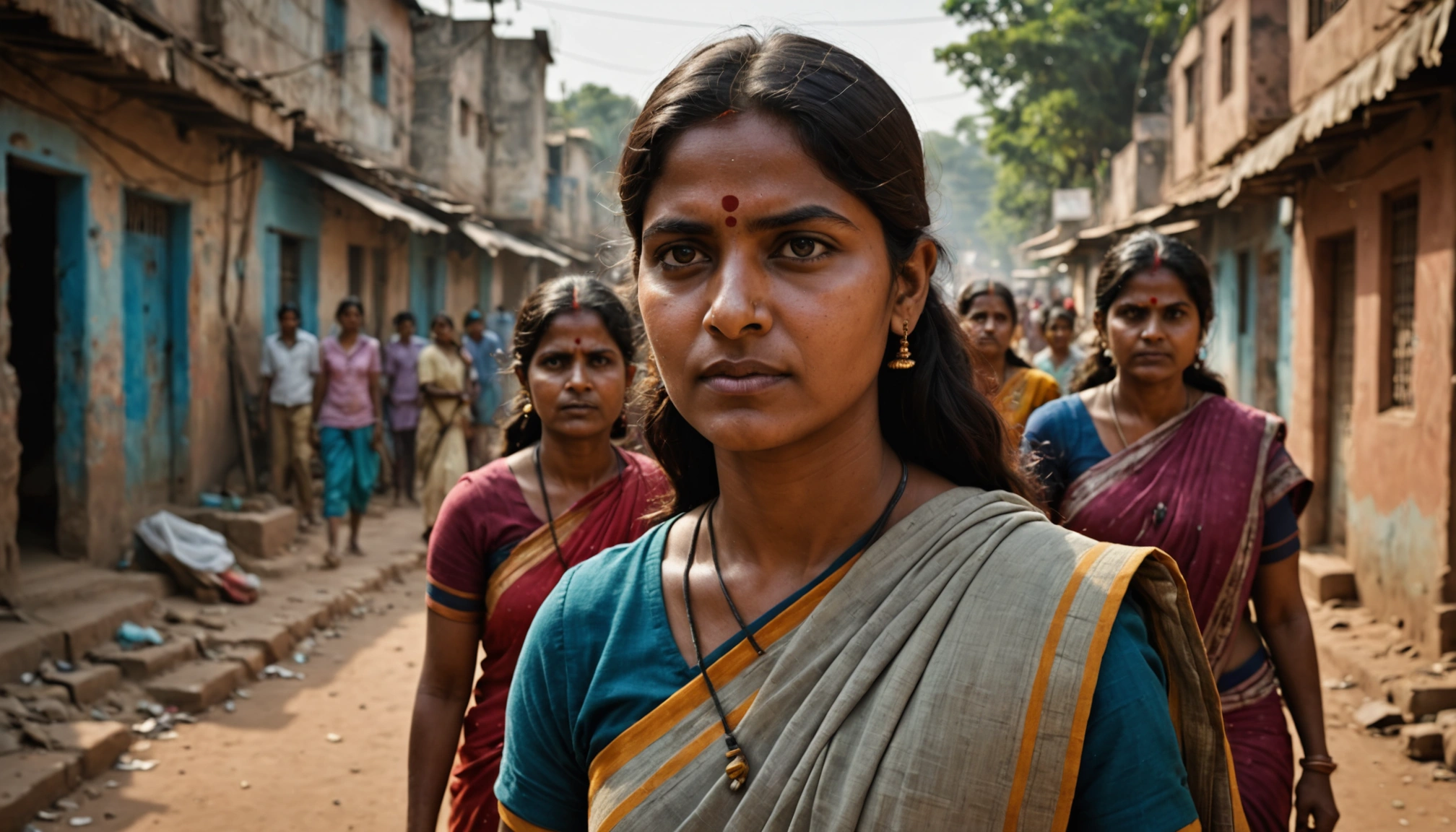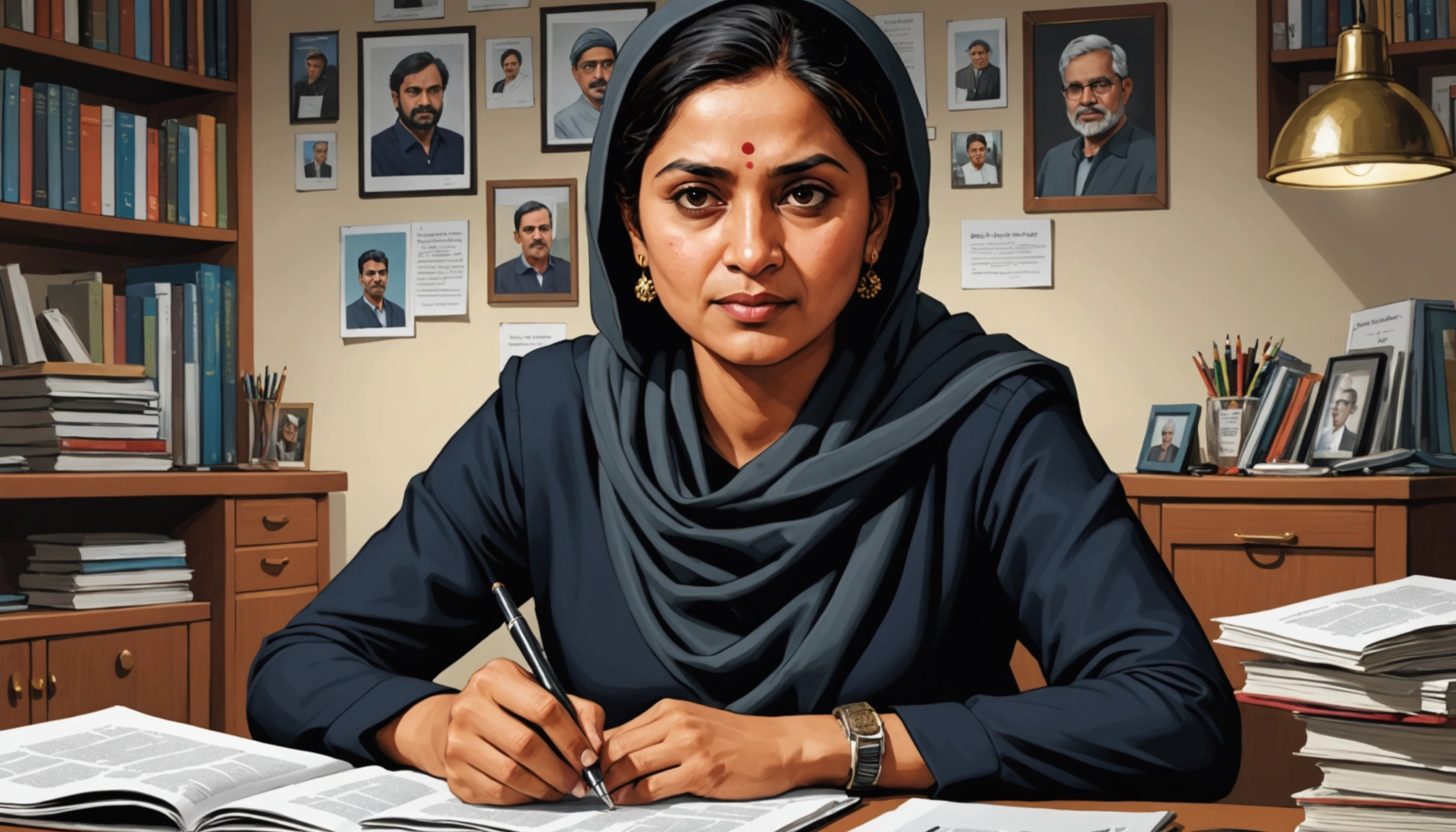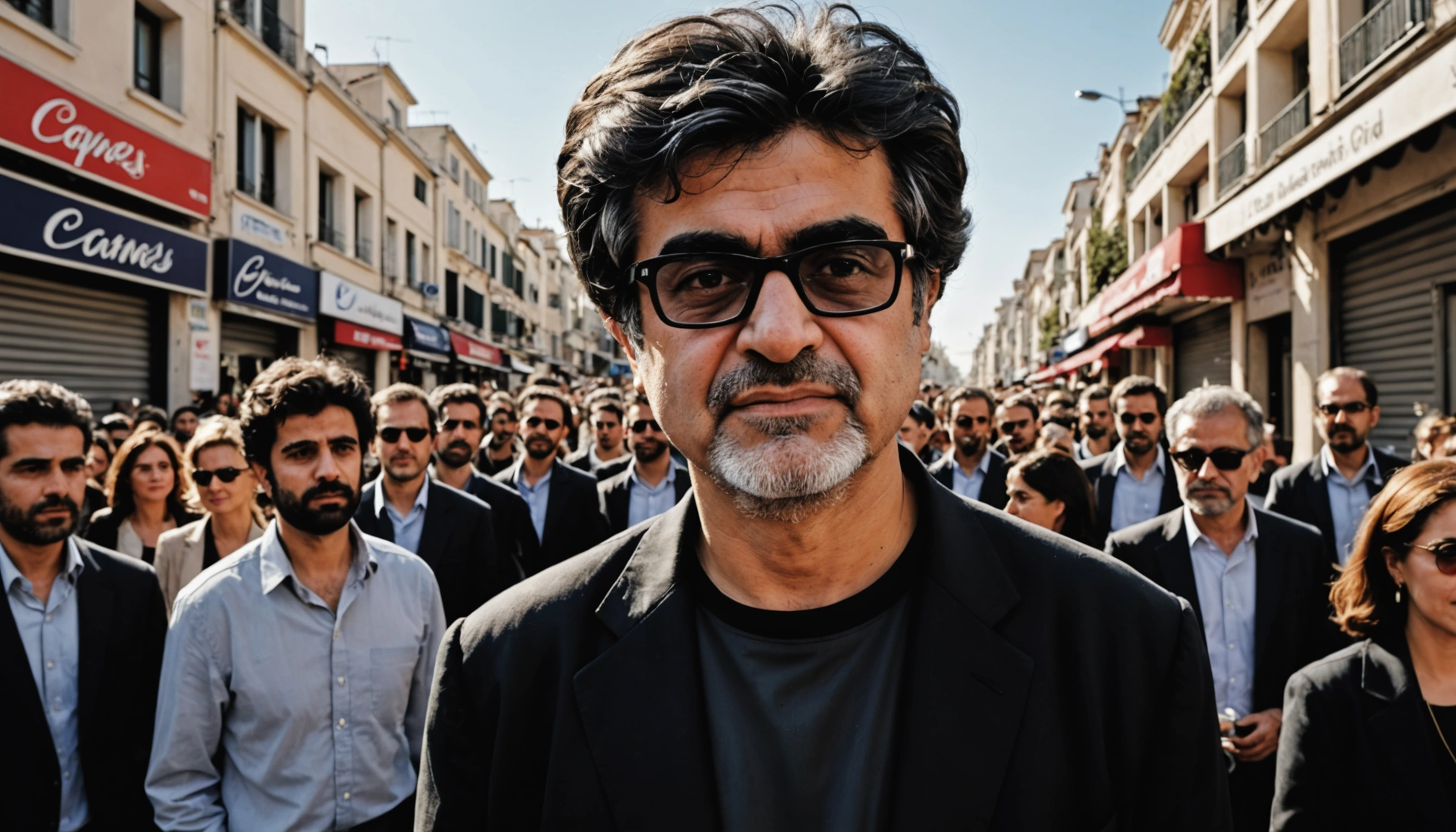Indian Women Artists Shattering Records and Challenging Norms on the Global Stage

Indian women artists are experiencing unprecedented recognition and success, breaking barriers in the art world and achieving record-breaking prices for their work. From contemporary art fairs to global auctions, these artists are commanding attention, challenging gender biases, and reshaping the narrative of Indian art.
A New Era of Recognition
For years, the contributions of women to Indian art were often marginalized or overlooked. However, a shift is underway, with Indian women artists finally receiving the recognition they deserve both locally and internationally. Major museums and institutions are showcasing their work, and their pieces are fetching impressive prices at auction, signaling a significant step toward gender parity in the art market.
Amrita Sher-Gil, often referred to as India's Frida Kahlo, is a key figure whose legacy continues to influence contemporary women artists in India. Sher-Gil's "The Story Teller" was auctioned for approximately $8.3 million in 2023, becoming the most expensive Indian artwork ever sold. Her work often explores the inner world of women, their emotions, and their experiences.
Trailblazers and Pioneers
Several women artists have paved the way for future generations, pushing artistic boundaries and bringing diverse narratives to the forefront.
- Amrita Sher-Gil (1913–1941): A pioneer in modern Indian art, Sher-Gil blended Eastern and Western styles, portraying the loneliness of women in a patriarchal society.
- Meera Mukherjee (1923 – 1998): Known for bringing modernity to the ancient Bengali sculpting art, Mukherjee was a sculptor and painter who innovatively used the traditional dokra lost-wax casting technique in her sculptural practice.
- Zarina Hashmi (1937 – 2020): An Indian-American artist, Hashmi explored themes of displacement, exile, and identity through minimalist visuals infused with abstract and geometric styles.
- Arpita Singh (1937-): A distinguished figurative and modernist artist, Singh conveys her perspective on modern life through her compositions in a poetic way through her paintings. Through her art, she impressively showcases various moods, emotions, and struggles faced by women.
- Anjolie Ela Menon (1940-): Well known for her modern and contemporary works, Menon draws inspiration from people, animals, and her personal experiences. The artist in her works incorporates a vibrant color palette with a variety of styles ranging from cubism to other various European techniques.
- Nalini Malani (1946-): Considered to be the pioneer of video art in India, Malani's works across different media include film, painting, and photography.
Themes and Styles
Indian women artists explore a wide range of themes in their work, reflecting their unique perspectives and experiences. These themes include:
- Femininity and Identity: Many artists focus on portraying women, exploring their emotions, struggles, and roles in society.
- Social Issues: Some artists address social issues such as climate change, identity politics, migration, and empowerment.
- Tradition and Modernity: Artists often blend traditional Indian motifs and techniques with contemporary styles, reflecting the intersection of tradition and modernity in Indian society.
- Personal Experiences: Many artists draw inspiration from their personal experiences, memories, and journeys.
Challenges and Triumphs
Despite the progress made, Indian women artists still face challenges in the art world. These challenges include:
- Gender Bias: Historically, the art world has been male-dominated, leading to underrepresentation and undervaluation of women artists.
- Limited Exposure: Indian art, in general, has limited exposure in international markets, making it difficult for artists to gain global recognition.
- Valuation Gap: There remains a significant gap between the valuation of works by Indian women artists and their Western counterparts.
However, Indian women artists are overcoming these challenges and achieving significant triumphs. Their increasing presence in major exhibitions, prestigious collections, and global auctions demonstrates their growing influence and visibility.
Impact on the Art Market
The rise of Indian women artists is having a positive impact on the art market. Galleries with a higher representation of female artists are experiencing stronger sales, indicating a growing demand for their work. The record-breaking prices achieved by artists like Amrita Sher-Gil are shattering price barriers and signaling a shift in the market's perception of women artists.
The Future is Female
Indian women artists are not only breaking records and challenging norms but also inspiring future generations. Their work is a celebration of diversity, creativity, and resilience, and it continues to resonate with audiences around the world. As they gain increasing recognition on the global stage, they are redefining Indian art and expanding the global art discourse. The future of Indian art is undoubtedly female, with these talented and visionary artists leading the way.
Related Articles

Japan's Animation Industry Embraces AI to Combat Labor Shortages and Boost Creativity

Banu Mushtaq Makes History as First Kannada Writer to Win International Booker Prize
